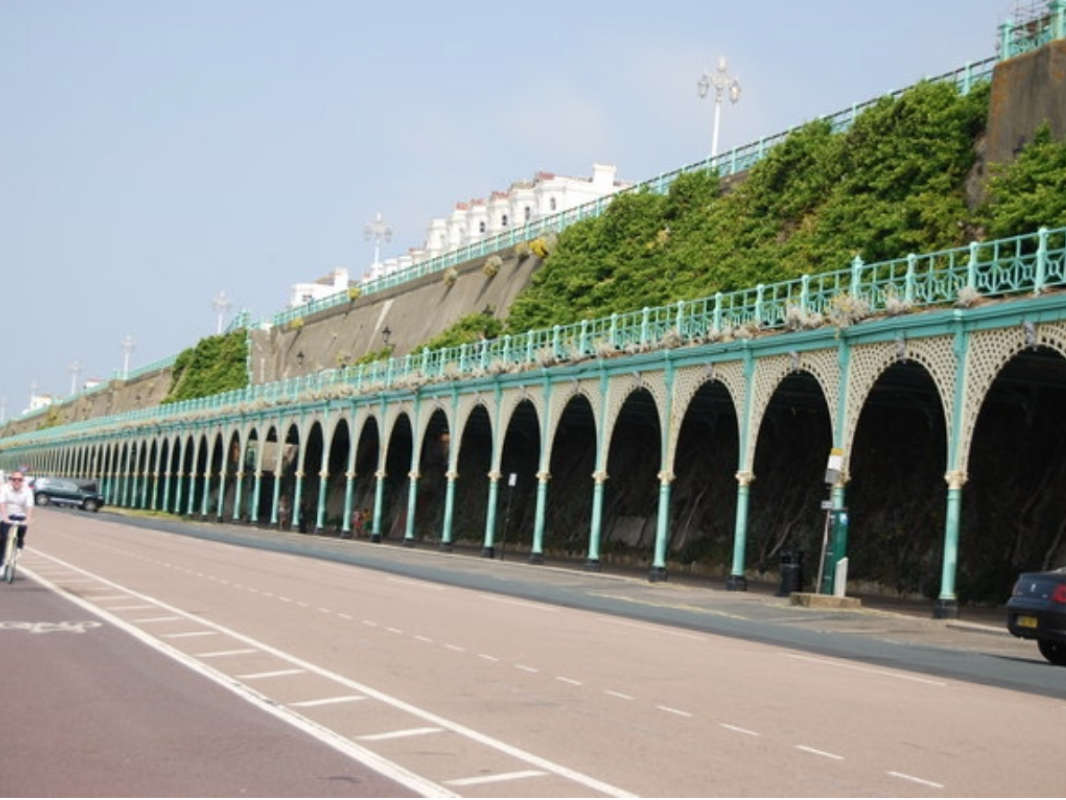
The planning application for the first phase of restoration of Madeira Terrace has been published.
This has been an iconic part of Brighton's seafront since the 1890s and, prior to the planning committee meeting on November 2, the public has been asked to comment on the plans.
If the application is approved, the main work on site is expected to start in autumn 2023. Some early works associated with the Green Wall and gathering further information about the cast iron are being planned for this winter.
Brighton & Hove City Council has published information on the history of the terraces and outlined plans for the project:
Phase one
The first phase of work to restore the Grade 2* listed structure will see the transformation of 40 arches - about a quarter of the whole terrace - between the Royal Crescent steps and Madeira Terrace Shelter Hall, the Concorde 2 venue.
The restoration aims to bring back a viewing terrace for events on Madeira Drive and improve pedestrian access from Marine Parade to the seafront.
Madeira Terrace will be part of a linear ‘park’ along the eastern seafront. The project will link in with the Black Rock rejuvenation scheme, which has prioritised planting and physical access to the eastern beachfront.
The queen of the eastern seafront
Madeira Terrace was originally built as a covered promenade and viewing platform. The intention was to attract tourists from London when the new railway opened in the late 1800s.
It opened to the east of Royal Crescent in 1890 and was later extended to meet the Aquarium.
At more than half a mile, it is considered the longest cast iron structure in Britain. There is estimated to be over six tonnes of cast iron in each of the 151 arches.
Over the years, the harsh marine environment has taken its toll and the condition of the much-loved terrace has deteriorated. Cracks in the concrete decking and extensive corrosion and fractures in the cast iron have made the structure unsafe and the terrace was closed off to the public in 2014/15.
Repairing, restoring, and redesigning
The planned restoration work will address several key issues:
- Repairing and protecting the cast iron
- Redesigning the mid-deck walkway
- Restoring decorative elements such as the striking spandrels at the front of the arches
- Meeting current building regulations to make things safer
- Installing new seating, lighting, and space for pop-ups on the deck and at ground level, to accommodate events such as food festivals or live music
- Safeguarding and retaining the historic Japanese green spindle plants to re-establish the Green Wall at the back of the terrace.
Local interest groups and experts, including Building Green, are helping to advise on the best methods to protect, transplant, and re-populate the Green Wall.
Improving accessibility
The Grade 2* listed Madeira Shelter Hall Lift (within Concorde 2) will be restored and brought into line with modern standards.
A brand-new lift will also be installed at the Royal Crescent Steps, allowing access down to Madeira Drive and improving disabled access to the seafront.
Along with the restoration of the present east facing staircase, a new staircase will also be created to the west of the Madeira Shelter Hall Lift.
Reducing carbon impact
Circular economy principles have been considered throughout the project to reduce waste and reuse as much existing material as possible.
The cast iron contains a considerable amount of embodied carbon. Retaining as much of this as possible is the most positive way of supporting the climate.
The design team is hoping that, once dismantled, a significant amount of cast iron can be repaired to minimise the amount of new cast iron pieces required. New structural beams will be recast and replaced only if they are not able to be repaired to be structurally safe.
Next steps
A design team of architects and engineers were appointed in summer 2020. The team has worked with an advisory panel of local representatives from different sectors, including tourism, community and events, to agree the focus of the first phase of the restoration.
Following a structural survey, contractors will begin cleaning up the site this year in preparation for restoration work starting on site in 2023. Future phases of the restoration will be delivered as funding becomes available.
You can see the impact the first phase of restoration will have in our new video, Madeira Terrace, the next steps .
A new lease of life
Councillor Clare Rainey, Deputy Chair, Tourism Equalities Communities and Culture Committee, said:
“The Madeira Terrace restoration is the biggest project the council has embarked on for a long time.
“We know how important Madeira Terrace is to both residents and visitors alike. We are determined to bring it back to life and to ensure that what we do is sustainable and protects the terrace for generations to come.”
“Please take a look at the video and the plans on our Planning Register, and give us your comments.”
Moving forward
Bill Puddicombe, chair of the Advisory Panel, adds:
“Madeira Terrace is such an important part of our seafront and city heritage. So many of us have been waiting so long to see progress made.
“Work on site is what we want to see and with the planning application now being considered, we’re moving another step closer to that ‘boots on site’ moment we’re all longing for.”
Comment on the plans
You can view and comment on the Phase 1 planning application through our Planning Registerportal (search for reference numbers BH2022/02577 and BH2022/02578).
Information supplied by Brighton & Hove City Council

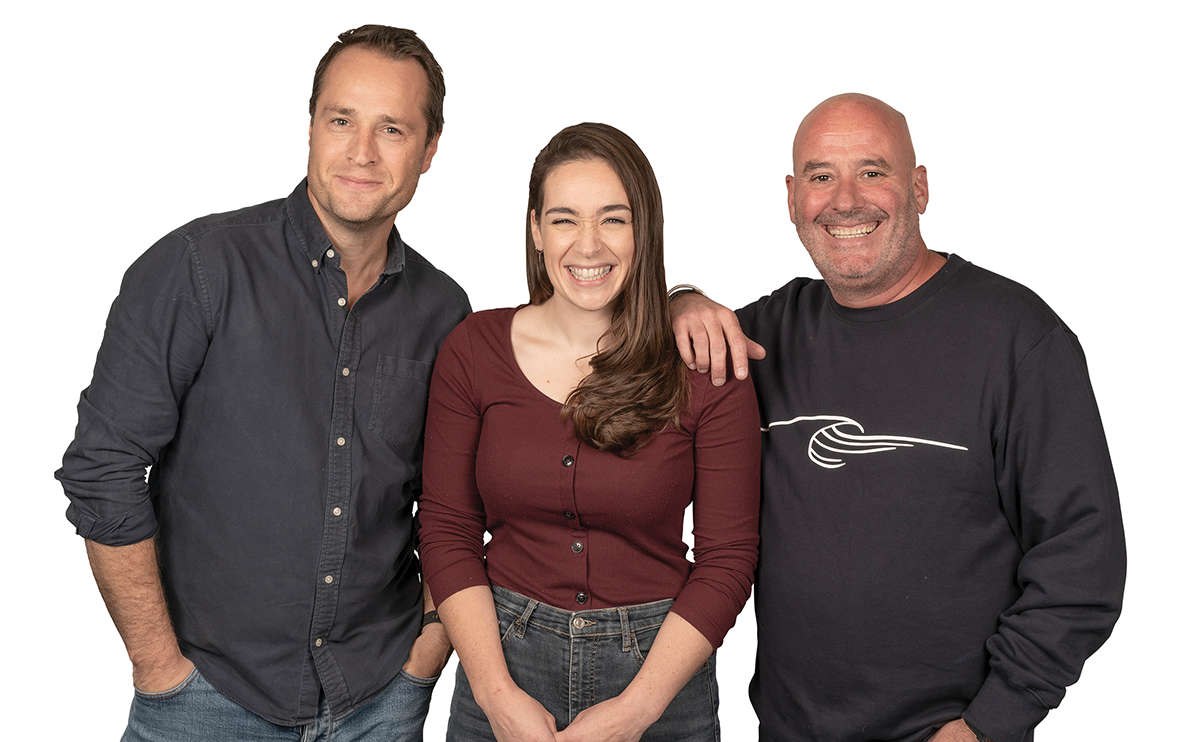
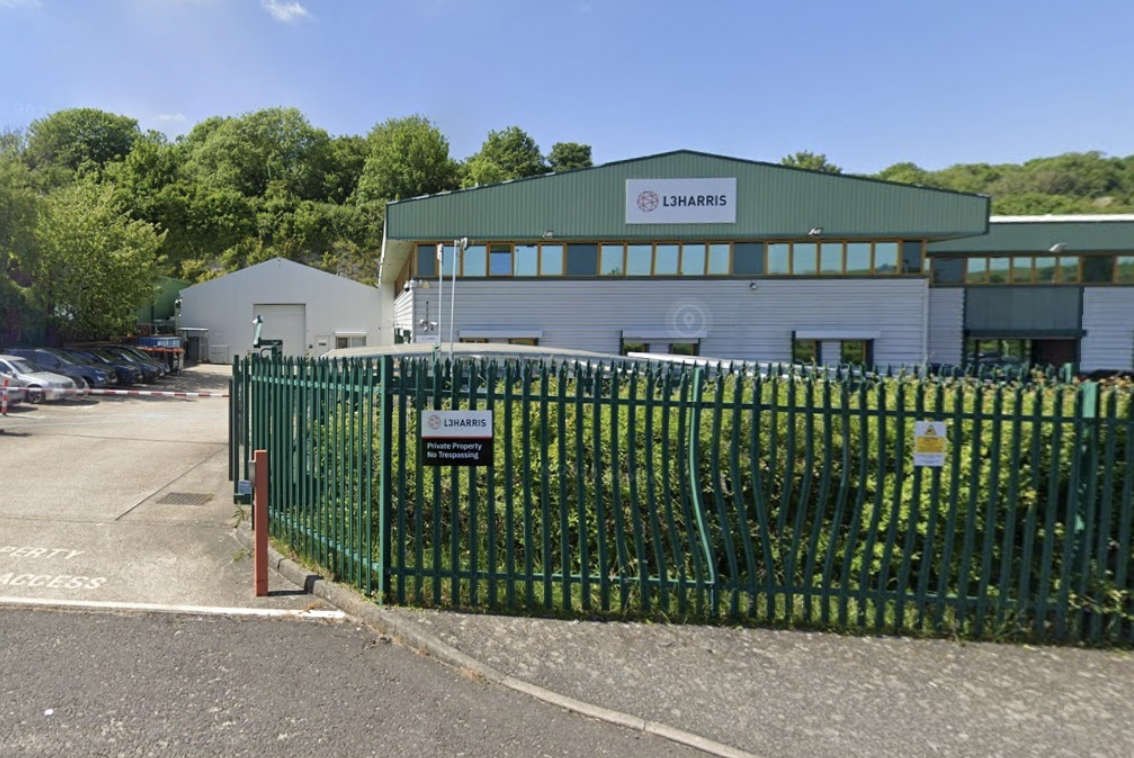 Brighton Defence Manufacturer's Controversial Planning Application Likely To Be Heard
Brighton Defence Manufacturer's Controversial Planning Application Likely To Be Heard
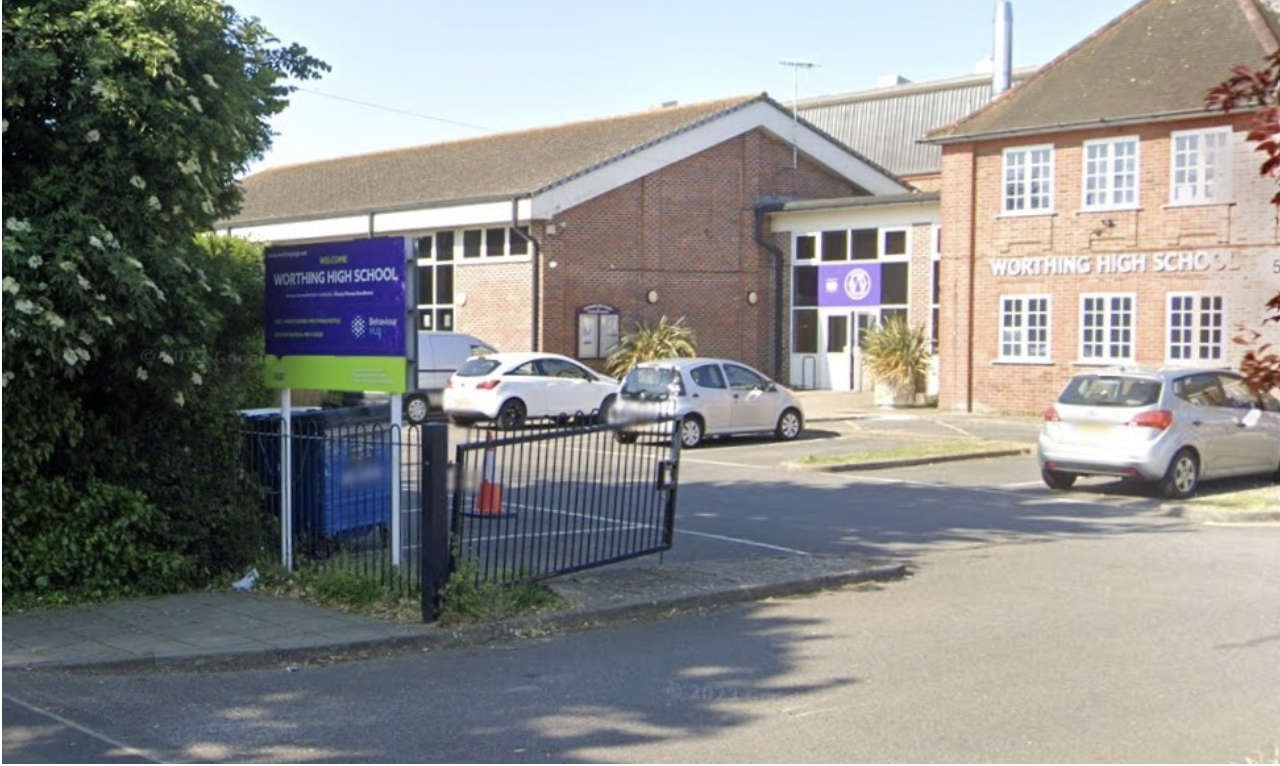 Over £2.4m Approved For Worthing School Support Centre
Over £2.4m Approved For Worthing School Support Centre
 Section Of M25 To Close Again Tonight - As Drivers Warned Not To Get Complacent
Section Of M25 To Close Again Tonight - As Drivers Warned Not To Get Complacent
 Plans For 800 New Horsham Homes Refused
Plans For 800 New Horsham Homes Refused
 Over 200 Co-Living Flats Approved For Brighton
Over 200 Co-Living Flats Approved For Brighton
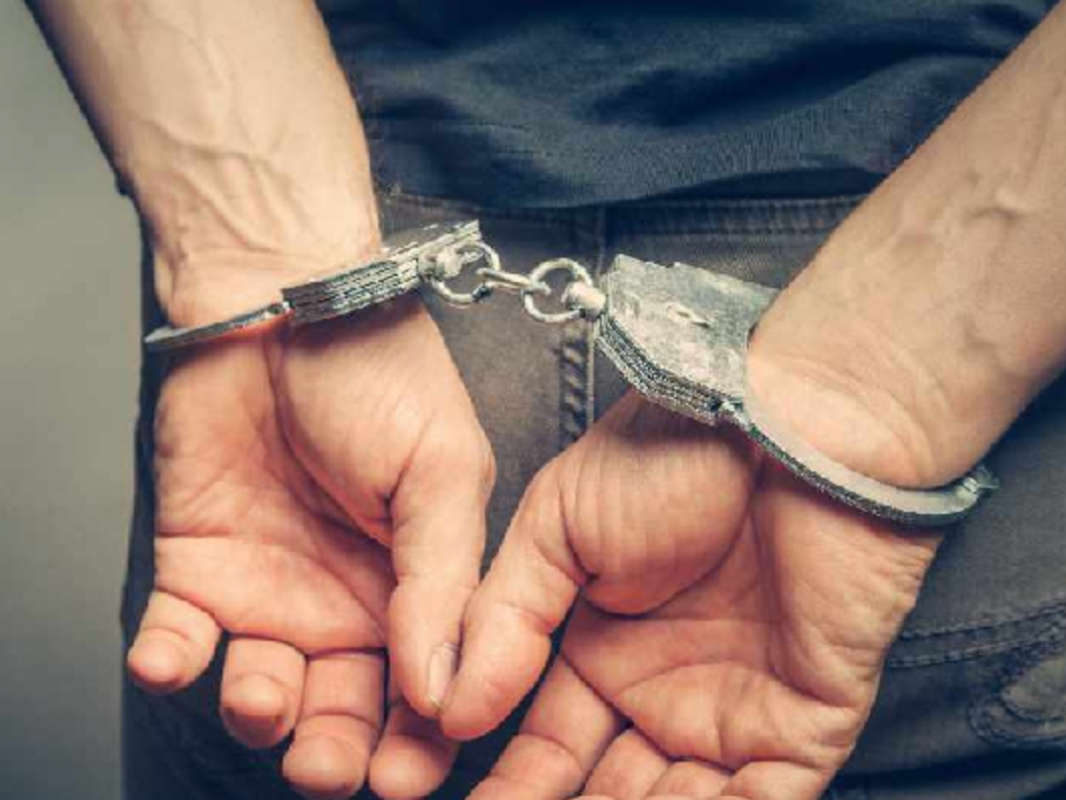 Teenager In Custody On Crawley Attempted Murder Charge
Teenager In Custody On Crawley Attempted Murder Charge
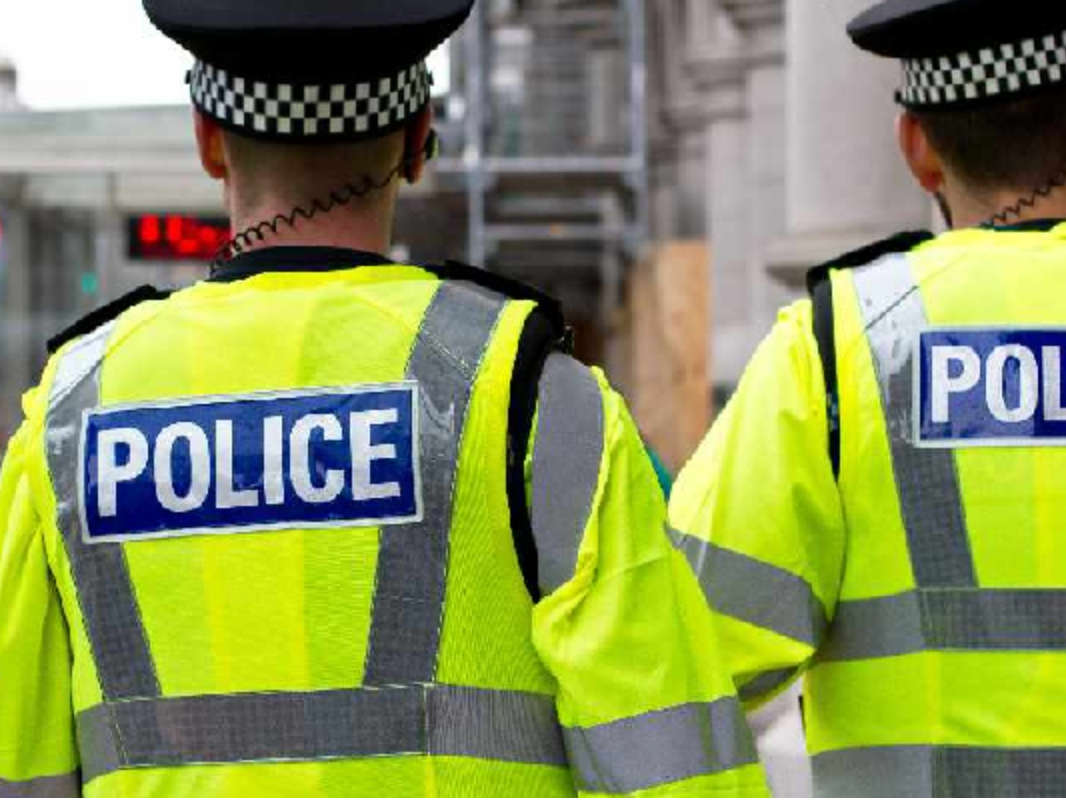 Appeal Following Assault In Hastings
Appeal Following Assault In Hastings
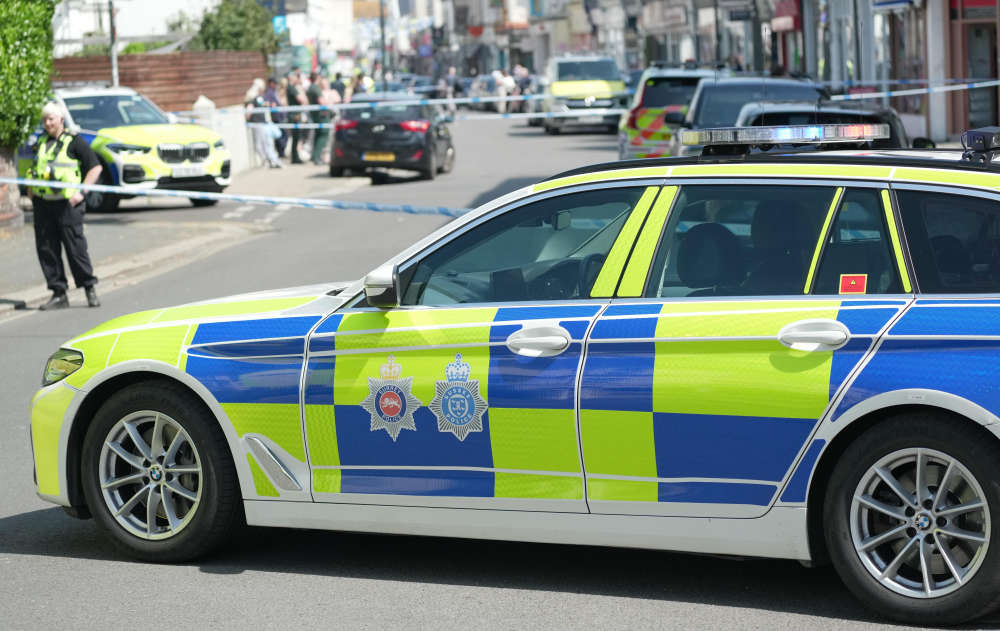 Road Closed As Armed Police Attend Incident In Worthing
Road Closed As Armed Police Attend Incident In Worthing
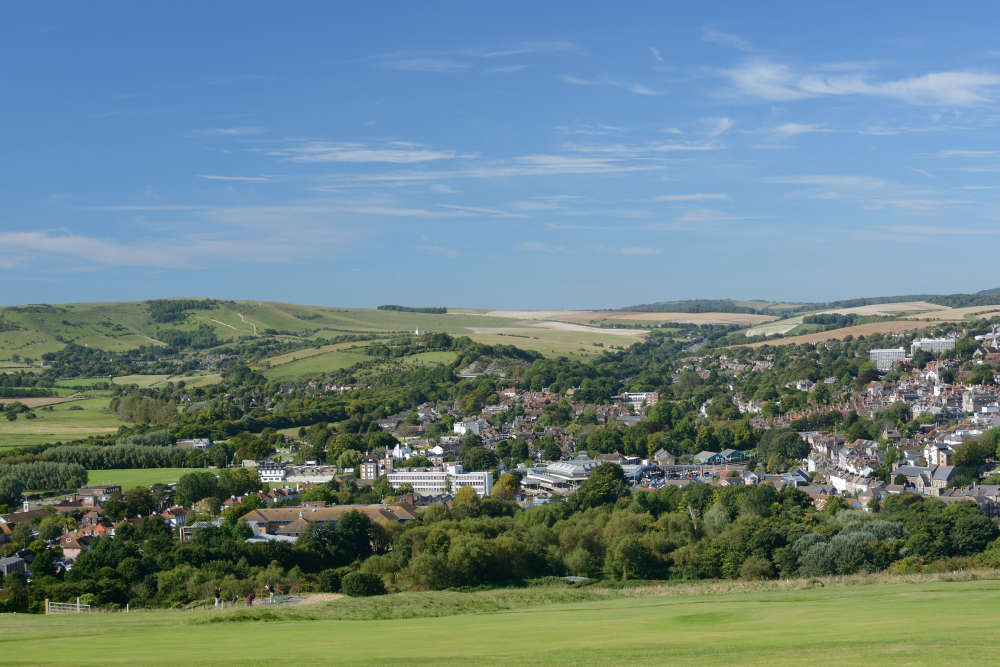 Lewes District Council Placed In Planning Special Measures
Lewes District Council Placed In Planning Special Measures
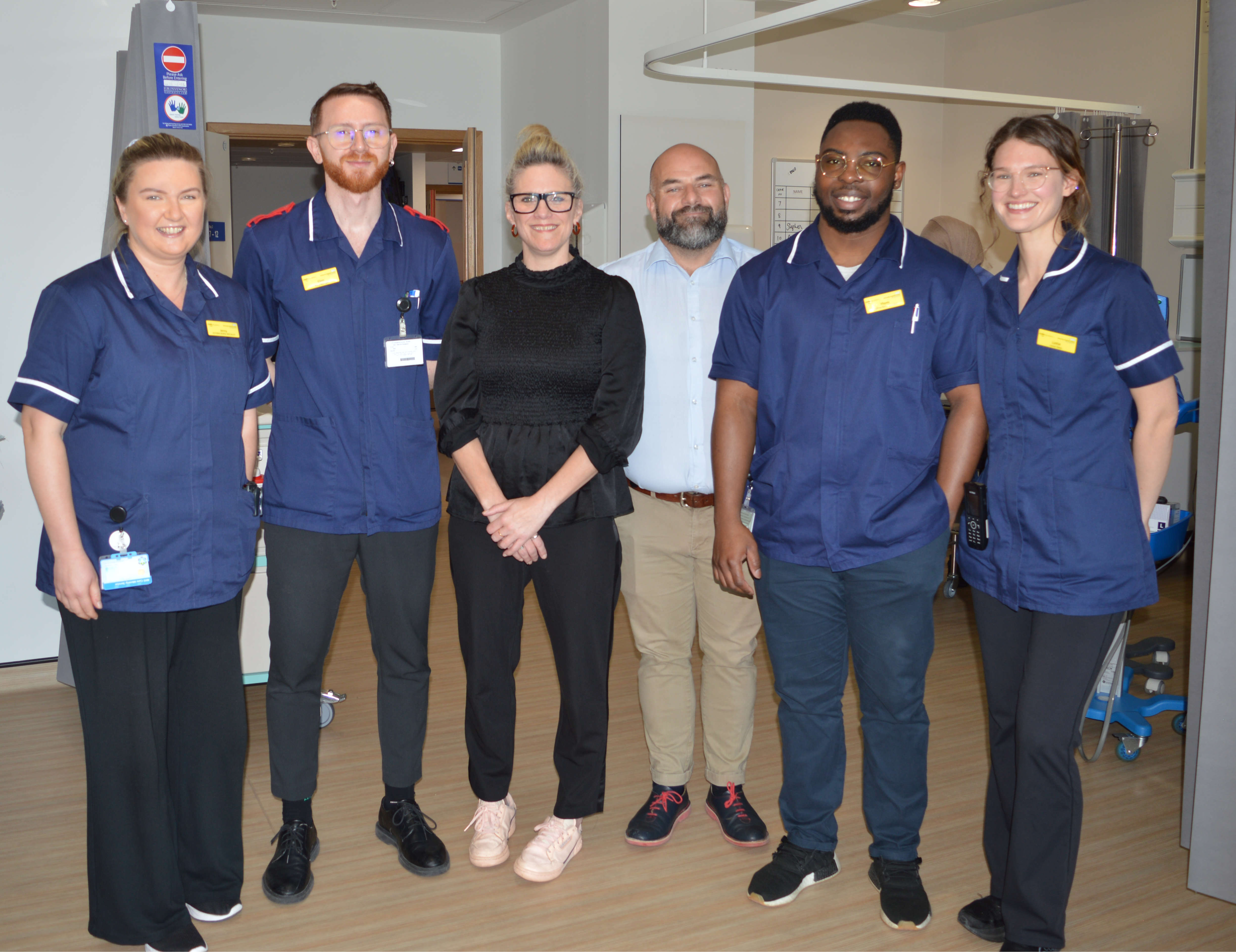 ‘Life-Changing’ Medication For Asthma Patients Now Available In Sussex
‘Life-Changing’ Medication For Asthma Patients Now Available In Sussex